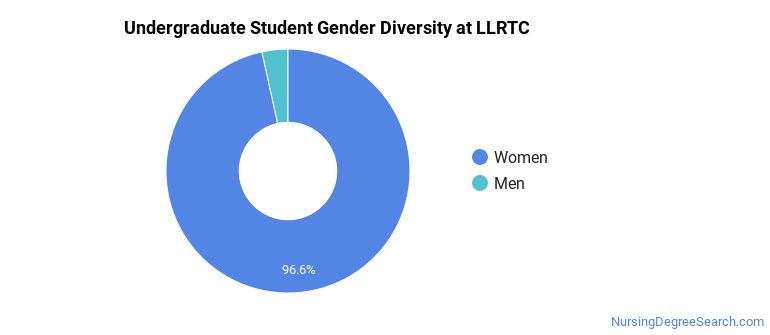Lex La-Ray Technical Center Nursing Programs
Lex La-Ray Technical Center is a public institution located in Lexington, Missouri. The rural area surrounding the school is great for students who prefer living in a country setting.
Where Is Lex La-Ray Technical Center?

Contact details for LLRTC are given below.
| Contact Details | |
|---|---|
| Address: | 2323 High School Dr, Lexington, MO 64067-1525 |
| Phone: | 660-259-2264 |
| Website: | www.lexlaray.com |
Admission Requirements for LLRTC
| Submission | Required? |
|---|---|
| High School GPA | 3 |
| High School Rank | 3 |
| High School Transcript | 1 |
| College Prep Program | 3 |
| Recommendations | 1 |
| SAT or ACT Scores | 3 |
| TOEFL | 1 |
How Hard Is It To Get Into LLRTC?
Approximately 20% of accepted students are men and 80% are women. The acceptance rate for men is 100%, and the acceptance rate for women is 100%.
Can I Afford Lex La-Ray Technical Center?
Student Loan Debt
Almost 66% of college students who graduated with the class of 2018 took out student loans, but that percentage varies from school to school. At LLRTC, approximately 50% of students took out student loans averaging $9,321 a year. That adds up to $37,284 over four years for those students.
Lex La-Ray Technical Center Undergraduate Student Diversity

Gender Diversity
Of the 29 full-time undergraduates at LLRTC, 3% are male and 97% are female.

Racial-Ethnic Diversity
The racial-ethnic breakdown of Lex La-Ray Technical Center students is as follows.

| Race/Ethnicity | Number of Grads |
|---|---|
| Asian | 0 |
| Black or African American | 3 |
| Hispanic or Latino | 0 |
| White | 26 |
| International Students | 0 |
| Other Races/Ethnicities | 0 |
Lex La-Ray Technical Center Nursing Concentrations
The table below shows the number of awards for each concentration.
| Major | Undergraduate Certificate | TOTAL |
|---|---|---|
| Licensed Practical/Vocational Nurse Training | 20 | 20 |
| TOTAL | 20 | 20 |
References
*The racial-ethnic minorities count is calculated by taking the total number of students and subtracting white students, international students, and students whose race/ethnicity was unknown. This number is then divided by the total number of students at the school to obtain the racial-ethnic minorities percentage.
More about our data sources and methodologies.
